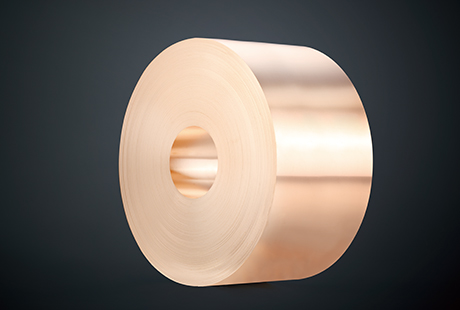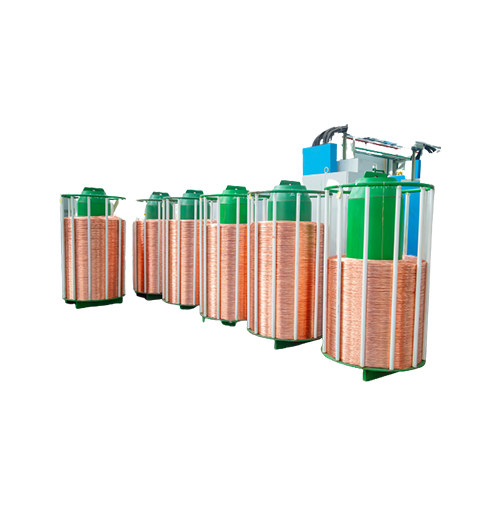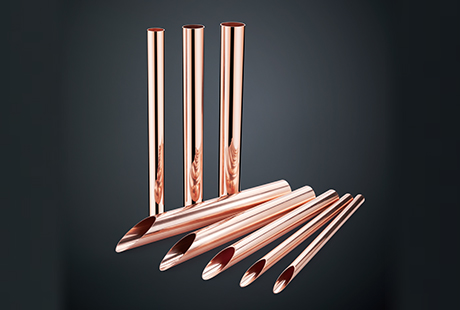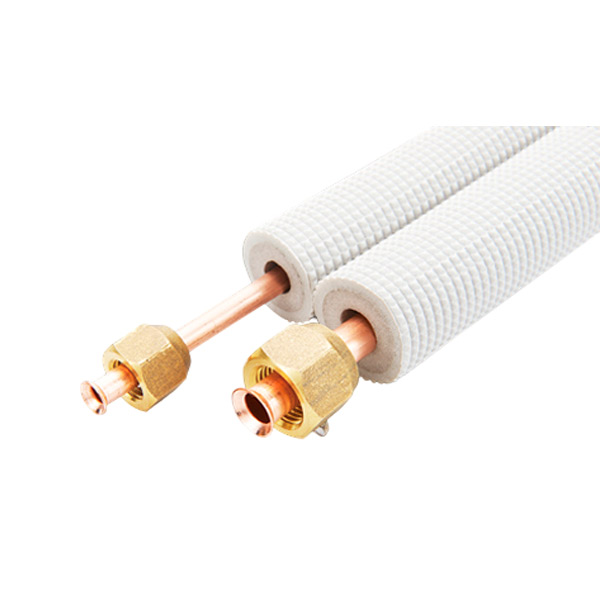In the world of healthcare, precision, accuracy, and reliability are paramount. Medical equipment plays a pivotal role in diagnosing, monitoring, and treating patients, and the intricate web of components that make up this equipment must function flawlessly. One often-overlooked yet critical component in medical equipment is tinned copper busbars. In this article, we will delve into the vital role these busbars play in ensuring the seamless operation of medical devices, exploring their applications, benefits, and the significance of their use.
The Heart of Medical Equipment: Tinned Copper Busbars
Tinned copper busbars are conductive components that serve as the electrical backbone of various medical devices, including MRI machines, CT scanners, patient monitoring systems, and more. These busbars are composed of high-quality copper, which is renowned for its excellent electrical conductivity. The tinning process involves coting the copper with a layer of tin, further enhancing its durability, corrosion resistance, and solderability.

Ensuring Precision and Reliability
Precision is critical in medical equipment. Whether it's an ECG machine monitoring a patient's heart rate or a blood analyzer providing crucial diagnostic data, the electrical connections within these devices must be stable and reliable. Tinned copper busbars offer just that.
The tin coating on these busbars not only protects against corrosion but also prevents the formation of undesirable copper oxides. This ensures that the electrical connections remain pristine and dependable, contributing to the consistent and accurate performance of medical equipment.
Reducing Downtime and Maintenance
In a healthcare setting, downtime and maintenance can have severe consequences. The use of tinned copper busbar minimizes the need for frequent maintenance and replacement of electrical components. Their robust design and corrosion resistance extend the lifespan of medical devices, reducing the risk of disruptions in patient care.
Tinned Copper Busbar Applications in the Healthcare Industry
Tinned copper busbars find their way into a wide range of medical equipment. These applications include:
MRI Machines: The high electrical conductivity of tinned copper busbars ensures the rapid and precise transmission of data in MRI machines, enabling high-quality images for diagnostic purposes.
Patient Monitors: Patient monitors rely on stable electrical connections for accurate readings, and tinned copper busbars provide the necessary reliability.
Blood Analyzers: In blood analyzers, consistent electrical connections are vital for precise analysis and diagnosis.
Tinned Copper vs. Bare Copper Busbars in Medical Equipment
| Tinned Copper Busbars | Bare Copper Busbars |
| Corrosion Resistance | High — tin layer protects from oxidation and environmental damage | Moderate — bare copper oxidizes more easily and may require frequent cleaning or protective coatings |
| Signal and Power Loss | Lower — stable joints, less contact resistance | Potentially higher over time if oxidation sets in |
| Soldering/Bonding | Easier where tin is present; better solderability | Requires pre-tinning or extra preparation |
| Maintenance Costs | Lower maintenance and longer lifespan | Higher maintenance, more frequent replacement |
| Cost | Slightly higher initially because of coating | Lower upfront cost |
Compliance with Regulatory Standards
The medical industry is highly regulated, and compliance with these standards is non-negotiable. Tinned copper busbars meet the stringent requirements of healthcare regulatory bodies, ensuring that the equipment they power adheres to industry standards for safety and accuracy.
In conclusion, tinned copper busbars are the unsung heroes of the healthcare sector. Their role in ensuring the precision and reliability of medical equipment cannot be overstated. By choosing the right electrical components, healthcare providers can offer their patients the highest quality care while minimizing downtime and maintenance costs. The next time you see an MRI machine or a patient monitor at work, remember that tinned copper busbars are playing a critical role in keeping things running smoothly and accurately.
Choosing the Right Tinned Copper Busbar for Healthcare Projects
Current Carrying Capacity: Choose a cross-section size appropriate for the highest current expected, with margin.
Shape and Form Factor: Flat strips vs. customized profiled (T, L, U), depending on spatial constraints inside equipment.
Copper Grade: Oxygen-free copper vs. Tough pitch copper based on performance and sensitivity.
Tin Coating Thickness and Quality: Ensures long-term corrosion resistance and solderability.
Mechanical Strength and Thermal Stability: Busbars should endure thermal cycling, vibration, and handling without deformation.
Surface Finish and Cleanliness: Smooth finish, properly degreased and clean surfaces reduce contact resistance and improve reliability.
Supplier Certifications and Support: Work with manufacturers offering technical support, custom dimensions, testing, and reliable supply.
Contact JINTIAN Copper
As a global busbar supplier, Jintian Copper delivers high-quality solutions tailored to different applications. Their product line includes oxygen-free copper busbars, customized profiled busbars, and flat/normal copper busbars, all available with tin coatings to meet strict medical standards. Backed by ISO-certified manufacturing, advanced surface treatment technology, and customization capabilities, Jintian ensures every project benefits from precise engineering and reliable performance.
For healthcare providers, OEMs, and facility engineers, choosing the right partner is as important as choosing the right material. With Jintian Copper as your trusted busbar supplier, you gain a proven partner committed to safety, quality, and innovation in medical power distribution.

FAQs of Tinned Copper Busbar
Why are tinned copper busbars important in medical equipment?
Medical equipment requires precise and reliable electrical performance. Tinned copper busbars reduce oxidation, ensure stable conductivity, and help critical devices such as MRI machines, CT scanners, and patient monitors run without interruption.
What are the advantages of using tinned copper over bare copper busbars?
Better resistance to moisture and chemical cleaning agents used in hospitals.
Longer service life with less maintenance.
Easier soldering and bonding.
Reduced contact resistance and power loss.
Can tinned copper busbars withstand sterilization and hospital cleaning chemicals?
Yes. The tin coating provides a protective layer against oxidation and corrosion, helping busbars endure frequent sterilization cycles and exposure to cleaning agents in healthcare facilities.
Are tinned copper busbars compliant with healthcare safety standards?
Reputable manufacturers like Jintian Copper ensure busbars comply with IEC, UL, ISO, and local electrical standards, as well as strict material purity and traceability requirements for medical environments.
What are the other applications of tinned copper busbars?
Tinned Copper Busbars in Telecommunications: The Backbone of Connectivity
Tinned Copper Busbars in Marine Applications: Ensuring Safe and Reliable Electrical Connections

 English
English 한국어
한국어 français
français Deutsch
Deutsch Español
Español italiano
italiano العربية
العربية tiếng việt
tiếng việt Türkçe
Türkçe ไทย
ไทย 中文
中文






